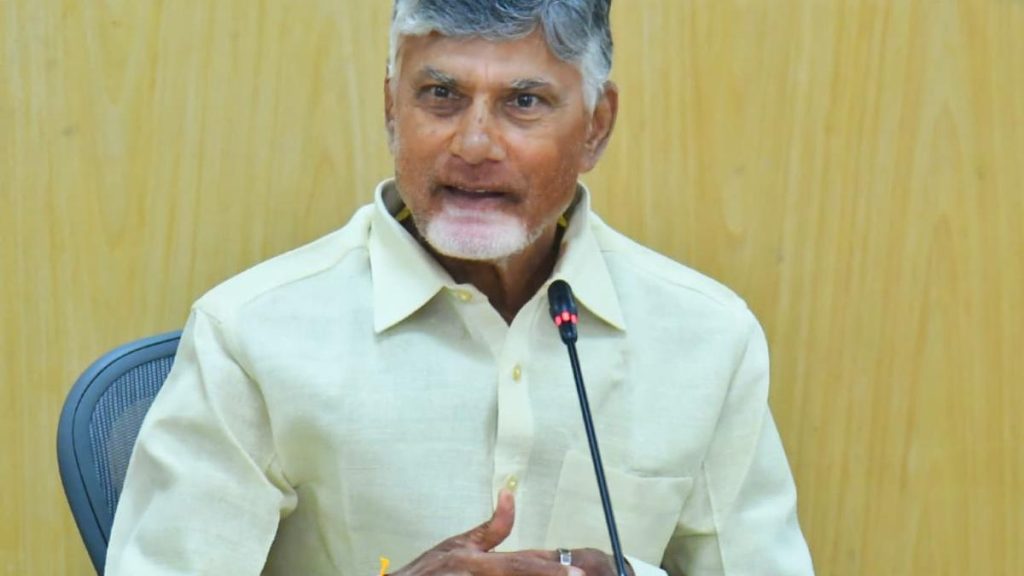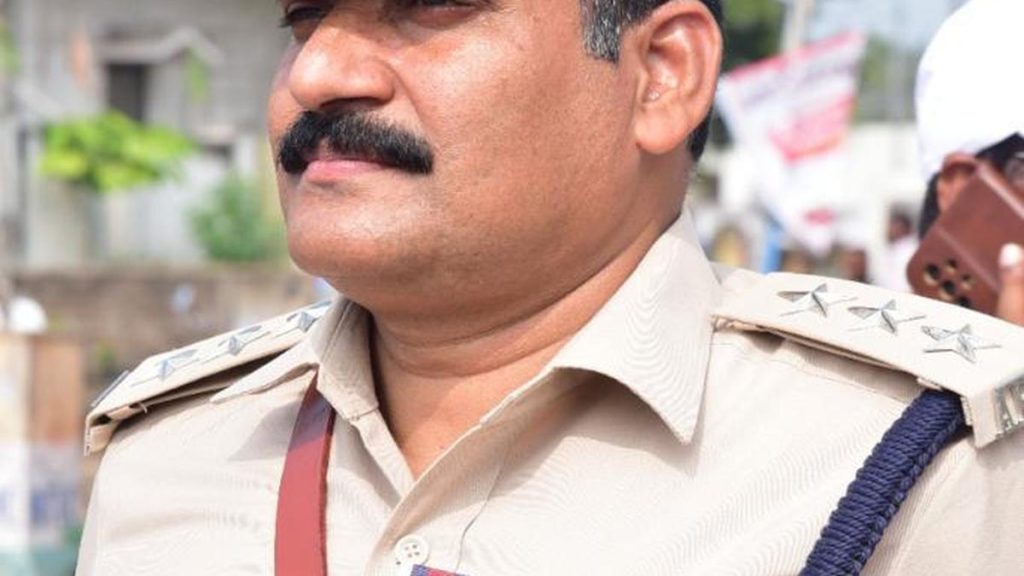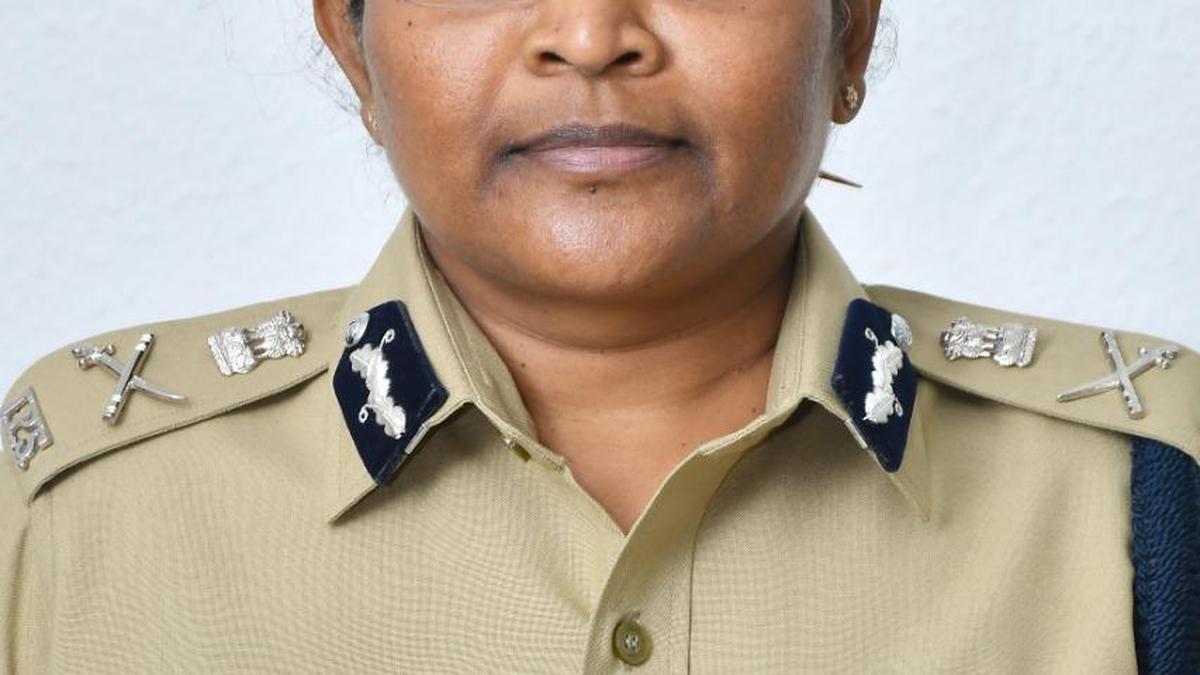Now Reading: Islands of Excellence Stand Out Amid Struggling Institutions
-
01
Islands of Excellence Stand Out Amid Struggling Institutions
Islands of Excellence Stand Out Amid Struggling Institutions
Speedy Summary
- State of Education in India: Despite elite institutions like IITs excelling, Tiers 2 and 3 institutions face steep declines in quality, producing graduates who frequently enough struggle for employability.
- Higher Education Challenges: Students from non-premier institutes majorly self-learn due to limited resource availability and unskilled faculty. Quality education is concentrated only in select institutions while the majority remains underprepared.
- Basic Education Deficiencies: Reports showcased foundational learning gaps – Class 6 students perform at Class 3 levels – stemming from systemic issues such as poor governance,teacher shortages,sub-scale schools,and undefined accountability mechanisms.
- labour Productivity Issues: Poor educational quality directly relates to depressed labour productivity levels (India’s is reportedly just 20% of Malaysia’s), impacting economic growth despite India’s demographic advantage.
- NEP 2020 & Tech Interventions: The New Education Policy identifies foundational deficiencies and endorses high-tech approaches like AI, video platforms (SWAYAM), blended learning methods, targeted tutoring programmes (e.g., Karnataka’s Math initiative), and personalised education tools for outreach betterment.
- Global Comparisons & Warnings: While Sweden reverts to print-based learning citing concerns over digitisation’s long-term impacts on socialisation and cognitive skills, resource-strapped india depends on digital-first approaches for scaleable solutions.
indian Opinion Analysis
India faces a dual challenge concerning its education system – a structural gap between high-performing elite institutions versus under-resourced Tier 2/3 colleges and a systemic lack of foundational literacy across primary schooling systems that trickle into higher education inadequacies. over-reliance on self-learning among students indicates broader issues with teacher preparedness.
The interventions under NEP 2020 are promising but demand rigorous implementation tailored to ground realities; ed-tech solutions need careful evaluation considering their mixed global outcomes (e.g., the Swedish experience). Notably,leveraging AI could address India’s severe student-teacher disparities via cost-efficient personalisation at scale but must be deployed thoughtfully alongside traditional teaching models rather than replacing them.
India’s future depends heavily on equipping its youth with quality skills aligned with modern demands while balancing concerns regarding over-digitalisation raised globally. A sustained investment in both basic infrastructure improvements and cutting-edge innovations can unlock the nation’s potential demographic dividend effectively if coordinated well across federal-state channels.
Read more here.

























